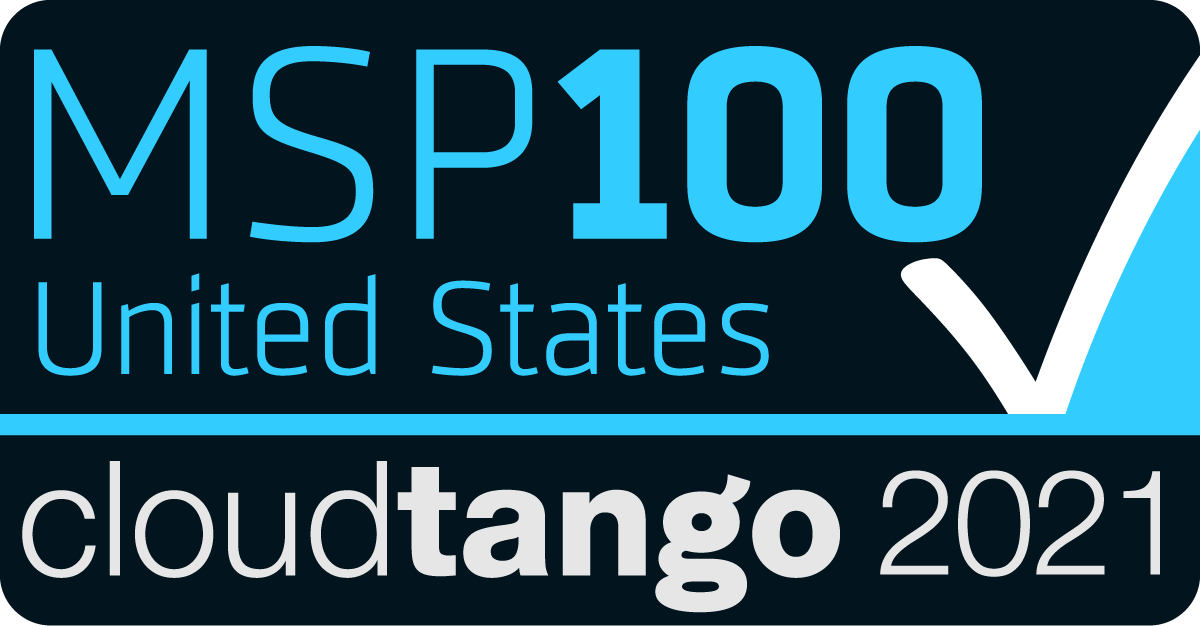By Michael Orellana
What is Power Platform?
Microsoft’s Power Platform is a collection of Microsoft cloud services that make building end-to-end business solutions that would otherwise require extensive software engineering skills, code-less and interactive. The components that currently make up the Power Platform are: Power Apps, Power BI, Power Automate, and Power Virtual Agents. All work independently of one another to improve business processes, but can seamlessly integrate to create scalable business solutions with little to no prior coding knowledge. With Microsoft’s many data sources within Microsoft 365, building solutions around your already existing data has been greatly simplified and puts the power of innovation and automation into the hands of all your users.
Let’s break down the core parts of the Power Platform and their functions.
Power Apps:
Your hub for creating business class applications that can work in a web browser or on mobile devices. Power Apps graphical interface allows you to drag and drop your ideas into a professional looking business app that connects to all your major data points within the Microsoft Dataverse.
Power BI:
Creating meaningful and digestible visual representations of your data is no small task and demands a lot of time to get right. With Power BI, Microsoft has compiled the complexities of data analytics into an app that saves you time with intelligent reporting tools that analyze your data and automatically create relationships and visual tools that seamlessly integrate to help create powerful reports. Power BI allows you to upload existing data from spreadsheets, connect to databases and leverage existing Microsoft data points to curate comprehensive dashboards and reports to better analyze your data.

Power Automate:
Put the power of automation in the hands of users. Not too long ago, spending time to make repetitive business workflows more efficient required some coding knowledge and the ability to manufacture a way to deliver that solution to the users who need it. With Power Automate, you can build a solution to your time-consuming, monotonous tasks with a simple, drag-and-drop user interface and share that solution amongst your organization with a simple email. With many of the same data connectors leveraged by the rest of the Power Platform, Power Automate can automatically accomplish tasks for you by actions triggered within other services such as SharePoint.
Power Virtual Agents:
Communicating effectively and efficiently with your customers is going to remain a critical point of any customer facing workflow. Power Virtual Agents aims to help you generate the additional help you need at the front lines to open another avenue of support for your customers. With no coding involved, you can create chatbots that help interface with your customers, and based on your set of conditions and customer responses, build additional automation behind the scenes. This allows you to use the other components of the Power Platform to create your very own custom support solution.
Is there really no coding required?
This is a great question. If you have gotten this far, you have likely come up with a couple ideas you could leverage this platform for, but remain skeptical of its ease of implementation. You are right to raise an eyebrow as there is no perfect solution for every problem, but Microsoft is aiming to bridge the gap between automation and the non-technical user. The Power Platform is a robust solution and continues to mature, making its use cases easier and easier. While having a little bit of coding knowledge wouldn’t hurt, you can definitely build a solution without having a coding skillset at all. Have an in-house IT department or development team and you want to pair them up with the flexibility of the Power Platform? Microsoft has built a robust set of extensibility tools to help your technical team develop within the Power Platform, leveraging their advanced skillset to create even more complex solutions.
Getting Started with Power Platform Licensing
As with all services in Office 365, you will need a license subscription to access these services. Luckily Microsoft offers free trials of all the apps for you to test before you jump all in. Most Microsoft 365 SKUs will come with a free version of Power Automate and Power BI and you can locate these in your Office 365 app list. For Power Apps and Power Virtual Agents, will require that you seek out the trial offerings.
From there, all that is left to do is assign the licensing to your users and let them explore and get creative. There are plenty of templates for your users to get started along with a generous set of documentation and training material provided by Microsoft.
Contact us to help you get set up with your licensing and start your trial(s) today!
Power Platform Tips from the Experts
As mentioned earlier, there is a wealth of information out there and all of this can quickly become overwhelming. Power Automate in our opinion, offers the smallest barrier to entry and this is because of the interface. It’s no fuss and uncluttered interface provides familiarity with the drag-and-drop architecture already baked into the other components of the platform. Additionally, Power Automate offers many templates to get you started. By searching through the template gallery, you may find that the scaffolding of a solution has already been put in place by Microsoft... all you need to do is enter your information and test it out.
If you are wanting to build your own solution there are a couple pieces of anatomy that you will want to understand before diving in.
- Flow – Each solution you build in Power Automate is called a flow. You trigger your flow manually or via an automatic action.
- Trigger – A trigger is what starts your flow. Each flow must have a trigger, whether it’s started manually by a push of a button or by an action within a connected service like Planner or SharePoint. There is one trigger per flow.
- Step/Action – These are what happens after your trigger action has been initiated. You can add many as you would like to make your flow as simple or complex as you need it.
At the beginning of your adventure into the Power Platform, keep it simple. It's very easy to find yourself in a hole while trying to create a solution to the most complex issue in your organization. This headspace can often lead you down a complex rabbit hole of information. Learn gradually and develop solutions that have minimal steps to ensure you are retaining the core concepts of how the service works.
Empower your team with the power of automation and business intelligence!
Continued Reading

January 19, 2021
Everything You Need to Know About an Active Directory Migration
By Arthur Quan What is Active Directory Migration? Active Directory […]
LEARN MORE
February 1, 2021
Managed Solution Named Among the Top MSPs in the US
February 1, 2021 – Each year, Cloudtango recognizes the most successful […]
LEARN MORE

